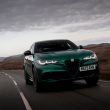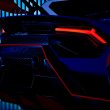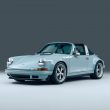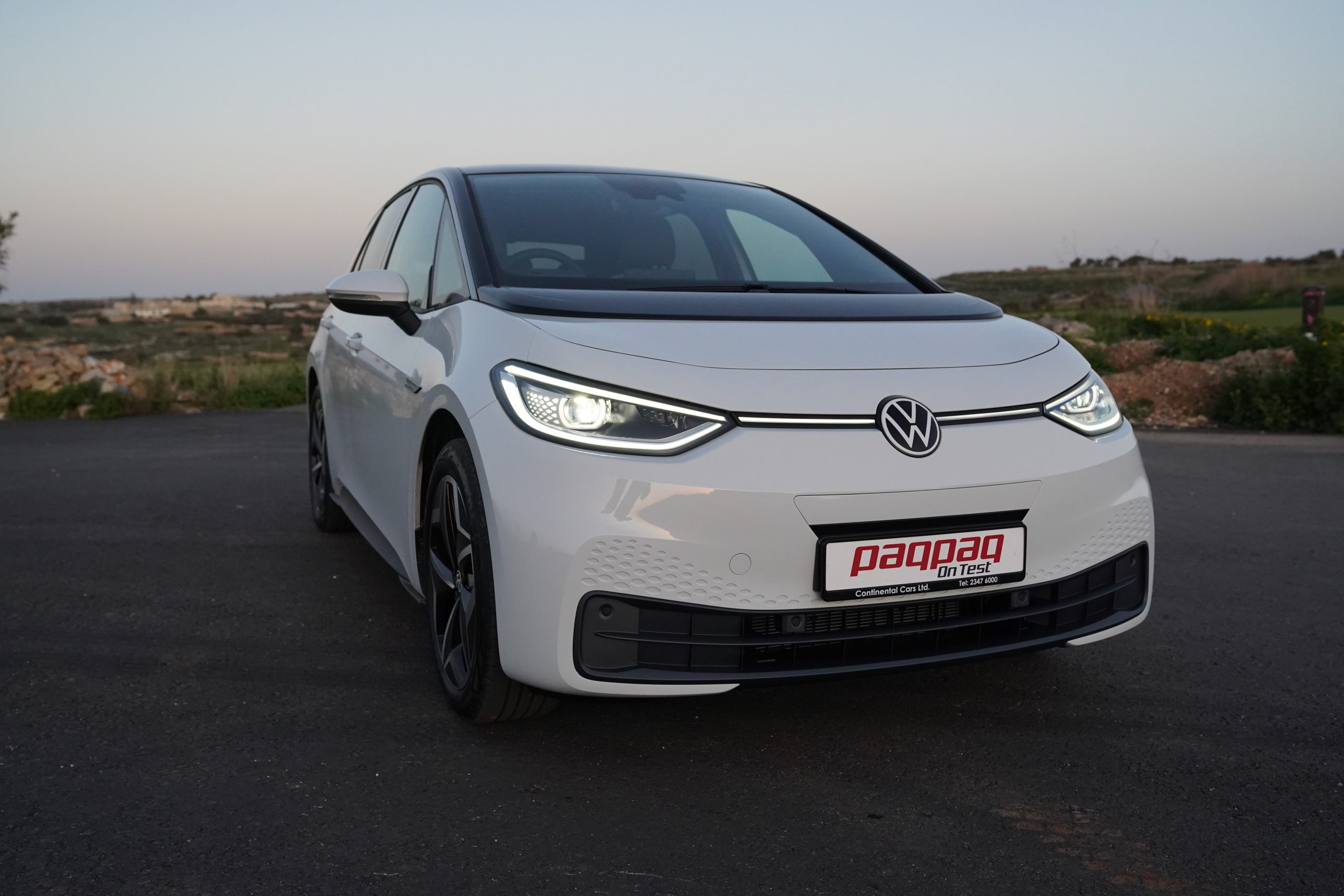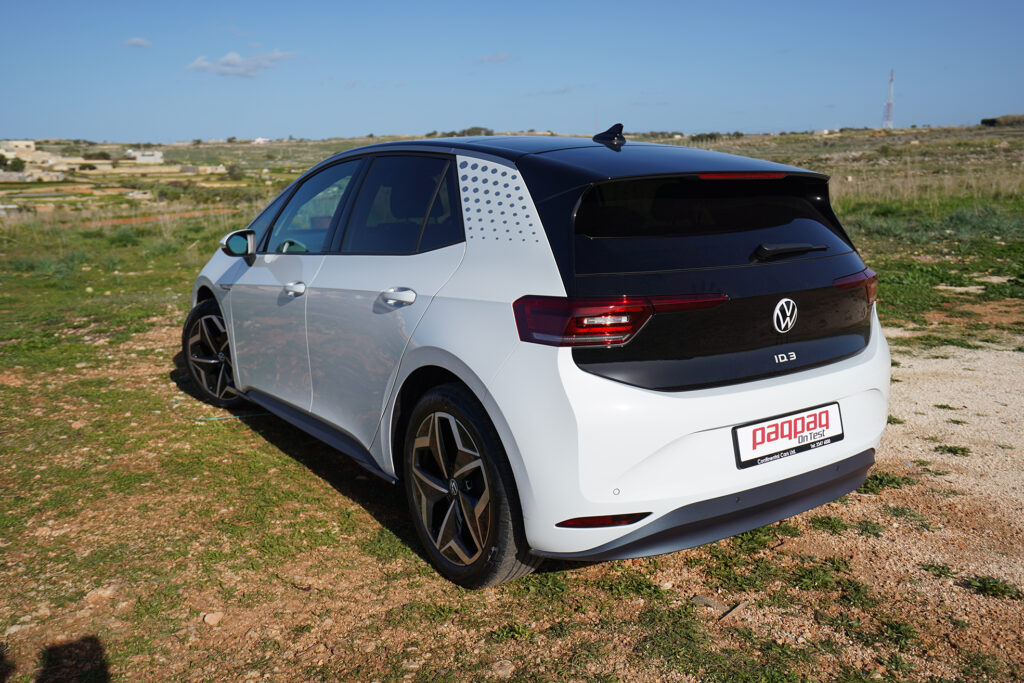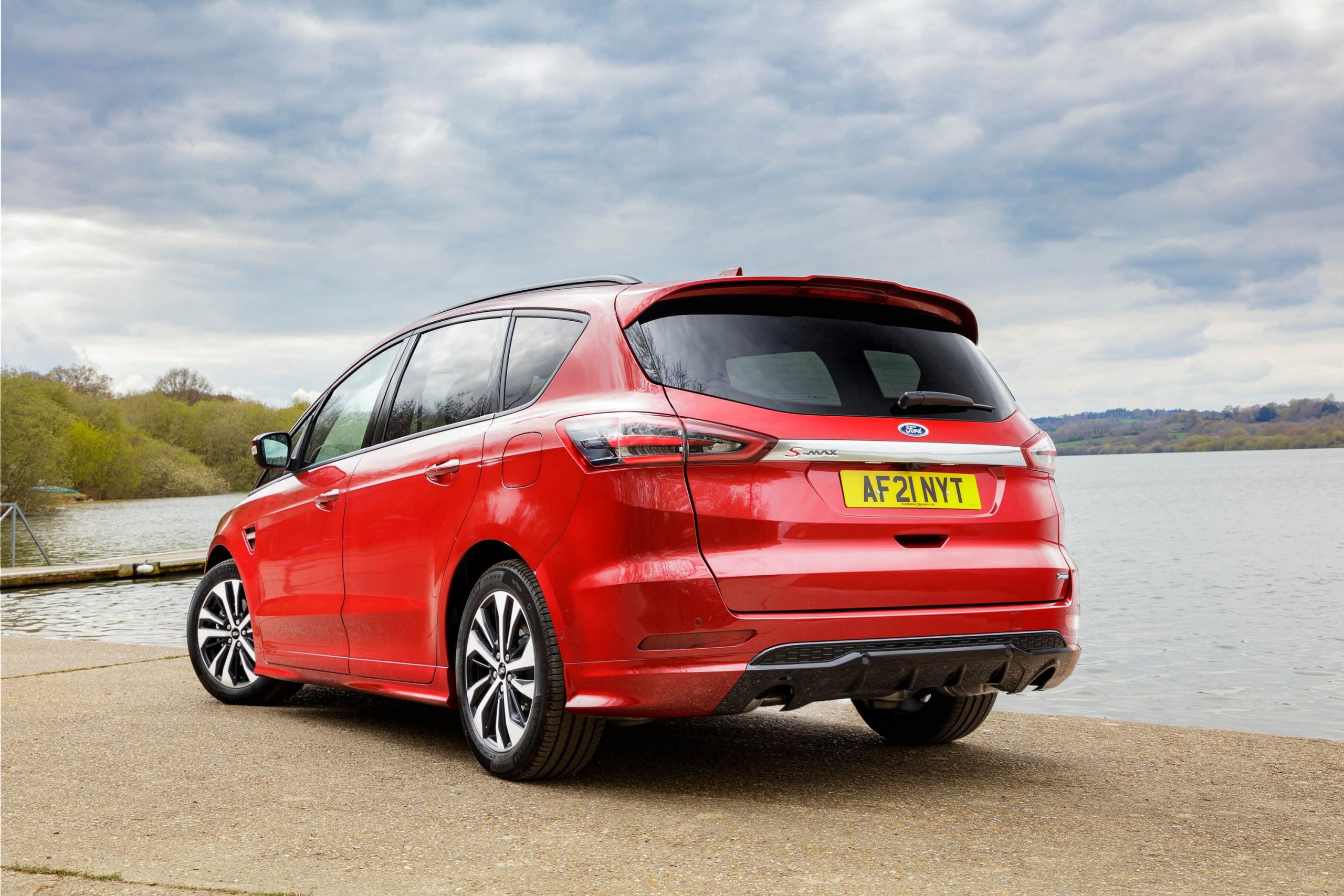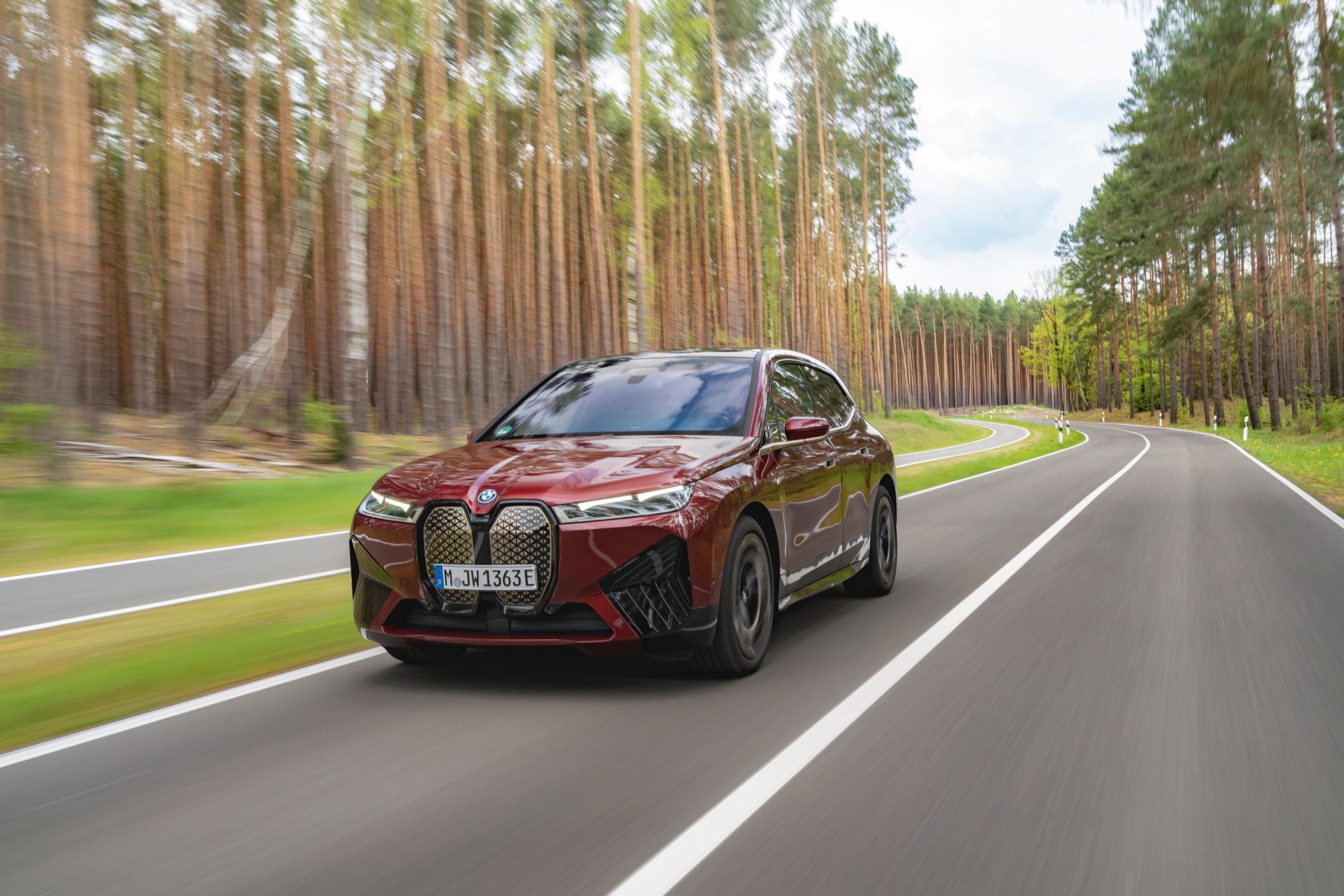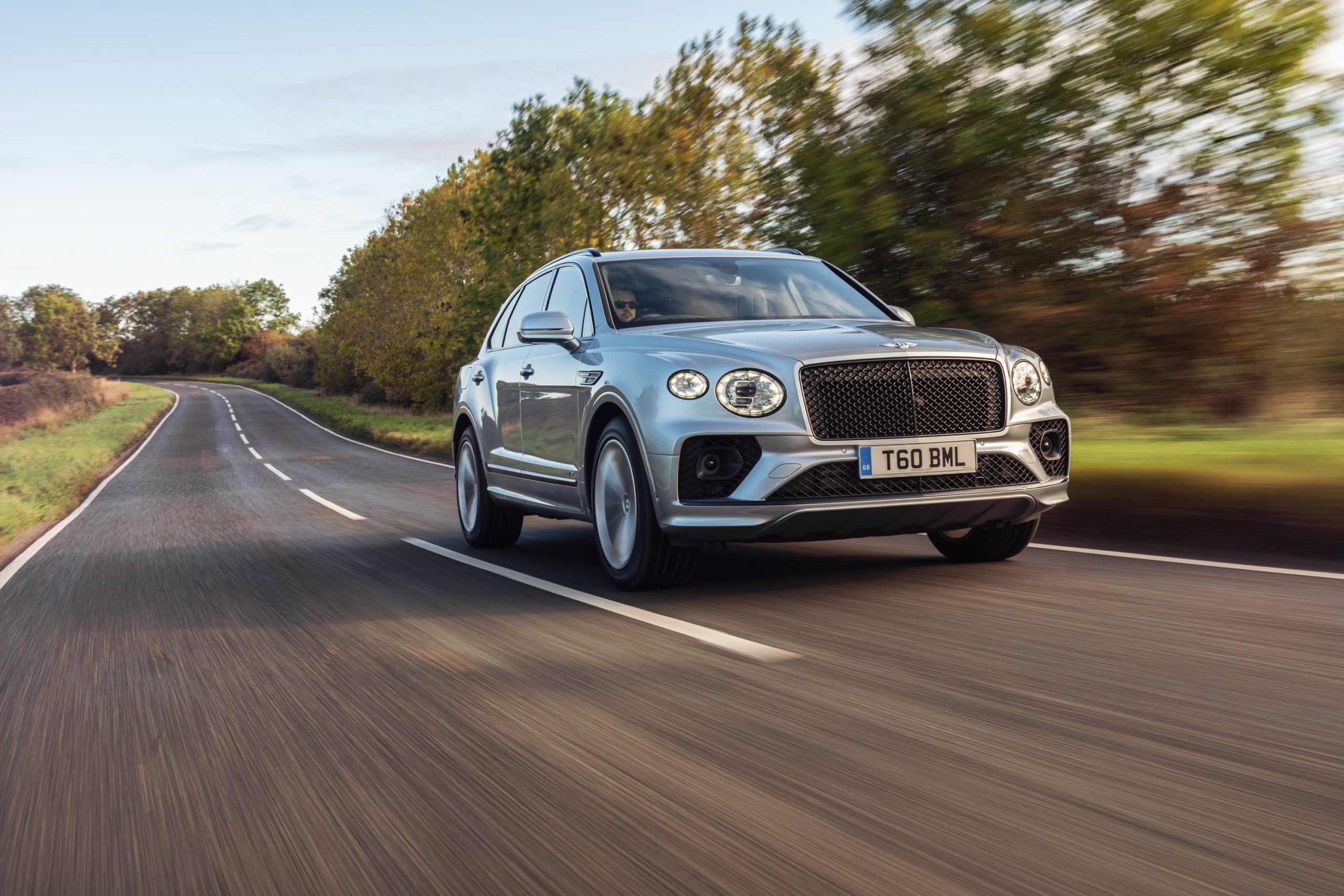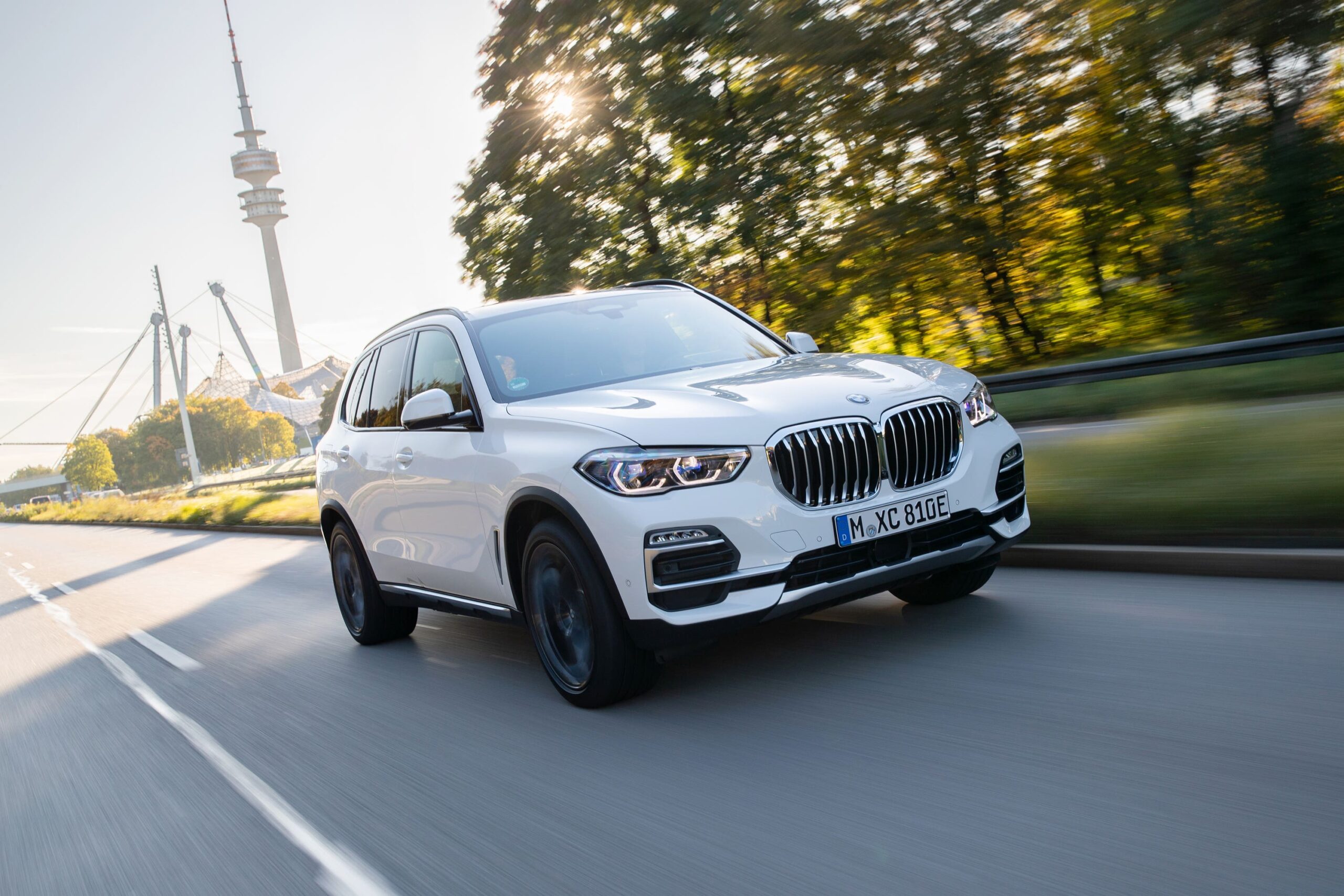The VW ID.3 is destined to become the people’s car for the future, says TONIO DARMANIN
The VW group has been one of the leading exponents in the drive to electrify mobility. While many brands have taken a more cautious approach by electrifying versions of current models and assessing the volume of demand generated before committing to invest in new production lines and product ranges, the German giant took the plunge decided to dedicate a large portion of its investment over a five-year period, to the tune of €80 billion. The main aim was to ensure it retains its position as the world’s most powerful manufacturer, even in relation to electrified vehicles.
This will include a massive investment in the procurement of battery cells, while €33 billion will be dedicated to electric mobility and €11 billion of these specifically to the VW brand. The commitment is to have a fully electric or phev version of each of their 300 different models across all brands by 2030, and to offer at least 80 new electric or phev models by 2025.
Regarding the VW brand, the company decided to create an entirely new production facility dedicated to a family of electric vehicles comprising initially the ID.3, ID.4 and the I.D.Buzz that will reincarnate the iconic microbus launched by the company in 1950 – it will then further extend the range of models using the bespoke MEB platform.
The first model to hit the international markets – and which has now arrived in Malta – is the I.D.3, a five-door family hatch similar in size to the Golf. VW avoided a styling that looked too futuristic but opted for something more functional and aerodynamic enabling them to achieve an impressive 0.27 drag coefficient and by keeping the batteries and electric motor underneath the floorboard, to offer impressive levels of interior space and comfort in relation to the external dimensions of the car.

The platform has been designed to offer absolute flexibility and can host an entire range of battery sizes and electric motor (single or twin) installations. This will give them the versatility to tailor models to target specific groups of customers at different requirements and budget levels and with more efficiency and cost-effectiveness.
The one-box shape illustrates precisely how the ID.3 is built around its passengers. Its overhangs are unusually short, while the interior is very long because the axles have been moved well apart achieving a wheelbase measuring an impressive 2.7 metres.
The interior of the ID.3 is a generously sized area that sees the driver and passengers sitting at a pleasantly high level, with good all-round visibility and easy access. The rear bench seat offers similar passenger space to that found in conventional mid-sized models. The boot can swallow 385 litres of luggage, and its volume can grow to 1,267 litres by folding down the split rear seat backrest.
There’s a light, airy feel inside the car that underscores its spaciousness while the design appears restrained and clean, focused on the essentials. The dash panel is lowered towards the interior in several stages. Unlike in a conventional interior, it is not connected to the centre console, which is located as a separate component between the front seats.
The ID.3 is packed with innovative features that underscore its position as a leader in its field. Intuitive assistance systems, state-of-the-art connectivity and extensive safety technologies combine to make this Volkswagen a highly sophisticated yet simple-to operate electric car. The ID.3 interacts with both its driver and its immediate surroundings.
Aside from the cockpit display, a newly developed, centrally positioned, 10-inch touch display provides access to a vast array of information clearly and concisely. ID. Light supports drivers with an LED strip during navigation and can, for instance, prompt them to brake in the event of an imminent danger ahead. An optional augmented reality head-up display also projects carefully selected relevant information directly onto the windscreen – although to the driver’s eye this information appears visually positioned within a range of around three to 10 metres ahead.
“All controls – including those on the electrically adjustable multifunction steering wheel – are operated using touch, featuring touch-sensitive buttons”
All controls – including those on the electrically adjustable multifunction steering wheel – are operated using touch, featuring touch-sensitive buttons. Only the electric windows, door mirrors and hazard warning lights are operated using conventional tactile switches. Meanwhile, intelligent natural voice control also plays its part in simplifying yet enhancing the ID.3 travel experience.
Drivers or front-seat passengers can speak to the ID.3, simply by saying “Hello ID.” before giving a verbal instruction. Visually, ID. Light signals to who the ID.3 is currently responding. Thanks to App-Connect, it is also possible to connect the ID.3 to a smartphone in seconds.
There is a range of battery sizes and electric motor power output levels to choose from to suit different requirements and budgets with the highest option offering a 77kWh battery and a range of 550 kilometres and an electric motor generating 200bhp and 310Nm of torque, enabling the ID.3 to sprint to 100km/h in 7.9 seconds.
In both cases, the ID.3 is rear-engined, and rear-wheel drive. Harking back to the earliest engineering roots of the brand and the debut of the original Beetle, the ID.3’s electric motor, capable of spinning up to 16,000 rpm, sits above the rear axle just ahead of the rear wheels and sends its torque to a single-speed gearbox with differential.
The permanently excited synchronous motor (PSM) in the ID.3 is extremely efficient, too, which is measured at above 90 per cent in almost all driving situations. VW has supported this engineering achievement by using an innovative technology in the engine’s production – flat preformed copper coils are inserted into each other, allowing them to be manufactured in large quantities while also saving valuable space in the stator.
It follows that the drive motor in the ID.3 should be compact and comparatively light: the motor block including gearbox, as well as power and control electronics, weighs less than 90kg. Furthermore, the drivetrain is so quiet that it can barely be heard outside the car. Indeed it is so noiseless that a loudspeaker emitting a synthetic electronic engine sound up to a speed of around 15 mph is needed in order to warn passers-by that the car is operating near them.
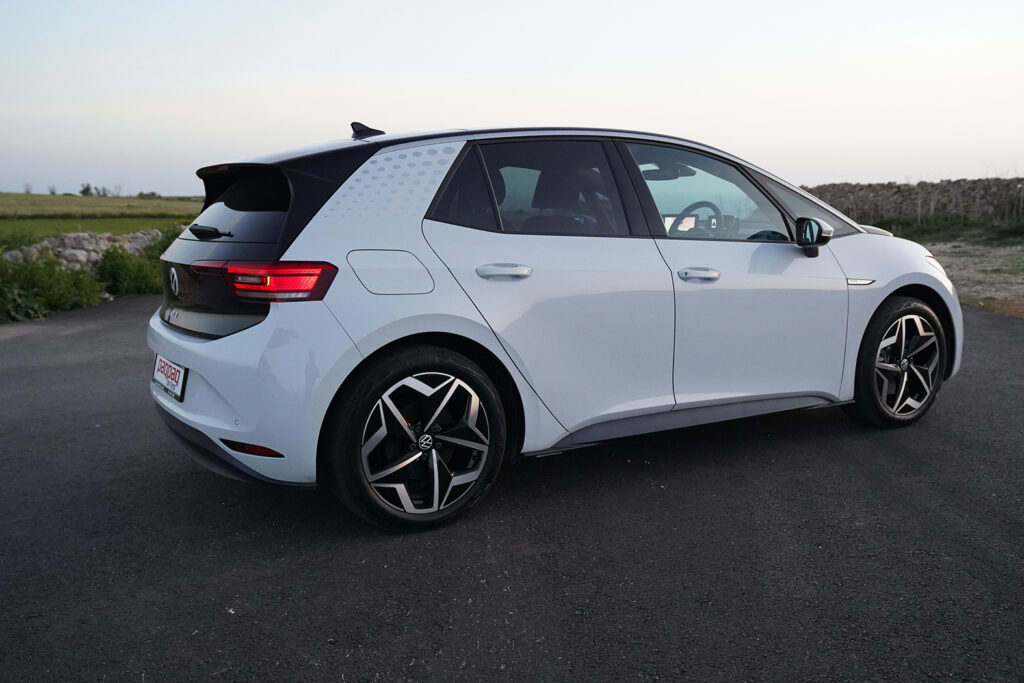
The power and control electronics convert the direct current of the battery into three-phase current for the electric drive motor and perform the opposite function during brake energy recuperation. Recuperation of up to 0.3 g is available in the ID.3. The driver decides via a rocker switch whether the car should recuperate energy when the accelerator is released. If the D (Drive) position is engaged, the car will coast in most situations – the electric motor is not supplied with current and rotates freely.
In the B (Brake) position, the electric drive motor functions as a generator and feeds power back into the battery. This also happens when the vehicle is braked: the electric motor performs deceleration on its own up to around 0.3 g, which represents the majority of everyday situations. The conventional hydraulic wheel brakes also come into play above 0.3g, and the transition to assisted braking is practically unnoticeable.
The ID.3 sports a low centre of gravity that naturally helps to deliver the car’s dynamic handling. The rear-wheel drive set-up and packaging of the ID.3 create ideal prerequisites for what some might see as surprisingly sporty driving characteristics. The vehicle’s high-voltage battery is located between the axles at the lowest point of the car, and regardless of trim variant the ID.3’s weight distribution from front to rear is very close to the ideal 50:50.
But the new car is not just environmentally responsible to drive: VW is building the ID.3 with a climate-neutral balance. The Zwickau factory in central Germany, the largest and most efficient electric car factory in Europe, uses 100 per cent ‘green’ electricity. The site includes a highly efficient combined heat and power plant. Production of the battery cells, which is externally sourced by Volkswagen, is unavoidably energy-intensive. That is why Volkswagen has obliged its cell supplier to use exclusively green electricity for manufacturing.
Just recently the ID.3 was awarded carbon-neutral product status by the independent body TÜV NORD CERT. The entire supply chain, the manufacturing process, logistics and our climate compensation projects have been carefully examined. Put simply this means the ID.3 is handed over to customers completely carbon neutral.
Like the Beetle and the Golf before it, the ID.3 is destined to become the people’s car for the future. While initial pricing on the launch models is expectedly steep, this is set to decrease as more options and variants become available so that customers can customize the specifications in line with their specific requirements and budgets.



